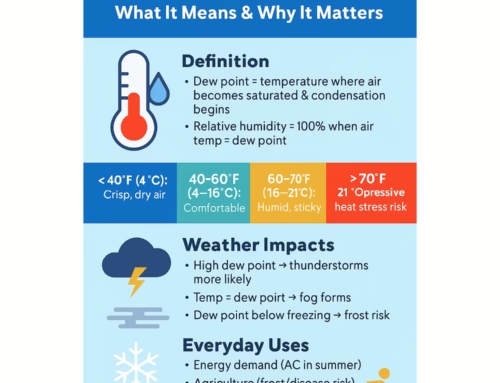Colourful Sunrises and Sunsets

Have you ever seen a breathtaking sunrise or sunset painted in hues of pink?
It can be a truly great sight.
But what causes these colourful sights?
Let’s dive into the science behind pink sunrises and sunsets.
The Role of Light Scattering
The primary factor influencing the colour of the sky, including sunrises and sunsets, is the scattering of sunlight by atmospheric particles. These particles, which include dust, water vapour, and pollutants, interact with the various wavelengths of light that make up sunlight.
Rayleigh Scattering
During the day, the sky appears blue due to a phenomenon called Rayleigh scattering. This occurs when sunlight interacts with tiny gas molecules in the atmosphere. Blue light, with its shorter wavelengths, is scattered more efficiently than red light. As a result, blue light is scattered in all directions, making the sky appear blue.
Mie Scattering
As the sun begins to rise or set, its light travels through a greater thickness of the atmosphere. This means it encounters more particles, including larger ones like dust and water droplets. These particles engage in a process known as Mie scattering. Unlike Rayleigh scattering, Mie scattering affects all wavelengths of light more evenly, resulting in a more diffuse scattering pattern.
The Pink Phenomenon
When the sun is low in the sky, its light has to travel through a significant portion of the atmosphere. During this journey, the shorter wavelengths of light (blue, violet, and green) are scattered more readily, leaving behind the longer wavelengths (orange, red, and pink). These longer wavelengths are less scattered and reach our eyes, creating the stunning pink hues we observe during sunrises and sunsets.
Atmospheric Conditions
The specific colours and intensity of pink sunrises and sunsets can vary depending on atmospheric conditions. Factors such as:
- Dust and pollution: Higher levels of dust or pollution can enhance the scattering of sunlight, leading to more vibrant and colourful displays.
- Humidity: High humidity can introduce more water droplets into the atmosphere, which can contribute to pink hues.
- Cloud cover: Clouds can obstruct the view of the sun, reducing the intensity of pink sunrises and sunsets.
Additional Factors
- Altitude: Observing sunrises and sunsets from higher altitudes can provide clearer views and more intense colours due to the thinner atmosphere.
- Location: The geographic location can influence the angle of the sun’s path and the types of particles present in the atmosphere, affecting the colours observed.
Pink sunrises and sunsets are a beautiful reminder of the natural world’s wonders.
So, the next time you witness a pink sunrise or sunset, take a moment to marvel at the intricate dance of light and atmosphere and just enjoy!
If you enjoyed reading this, the please explore our other articles below:



